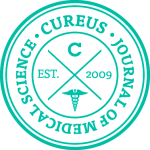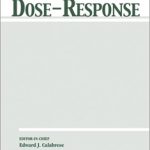Paolo Bellavite, Paolo Magnani, Marta Marzotto and Anita Conforti
Assays of homeopathic remedies in rodent behavioural and psychopathological models
Homeopathy, 2009, 98 (4), 208-227

The first part of this paper reviews the effects of homeopathic remedies on several models of anxiety-like behaviours developed and described in rodents. The existing literature in this field comprises some fifteen exploratory studies, often published in non-indexed and non-peer-reviewed journals. Only a few results have been confirmed by multiple laboratories, and concern Ignatia, Gelsemium, Chamomilla (in homeopathic dilutions/potencies). Nevertheless, there are some interesting results pointing to the possible efficacy of other remedies, and confirming a statistically significant effect of high dilutions of neurotrophic molecules and antibodies. In the second part of this paper we report some recent results obtained in our laboratory, testing Aconitum, Nux vomica, Belladonna, Argentum nitricum, Tabacum (all 5CH potency) and Gelsemium (5, 7, 9 and 30CH potencies) on mice using ethological models of behaviour. The test was performed using coded drugs and controls in double blind (operations and calculations). After an initial screening that showed all the tested remedies (except for Belladonna) to have some effects on the behavioural parameters (lightdark test and open-field test), but with high experimental variability, we focused our study on Gelsemium, and carried out two complete series of experiments. The results showed that Gelsemium had several effects on the exploratory behaviour of mice, which in some models were highly statistically significant (p < 0.001), in all the dilutions/dynamizations used, but with complex differences according to the experimental conditions and test performed. Finally, some methodological issues of animal research in this field of homeopathy are discussed. The Gelsemium model encompassing experimental studies in vitro and in vivo from different laboratories and with different methods, including significant effects of its major active principle gelsemine may play a pivotal rule for investigations on other homeopathic remedies.







